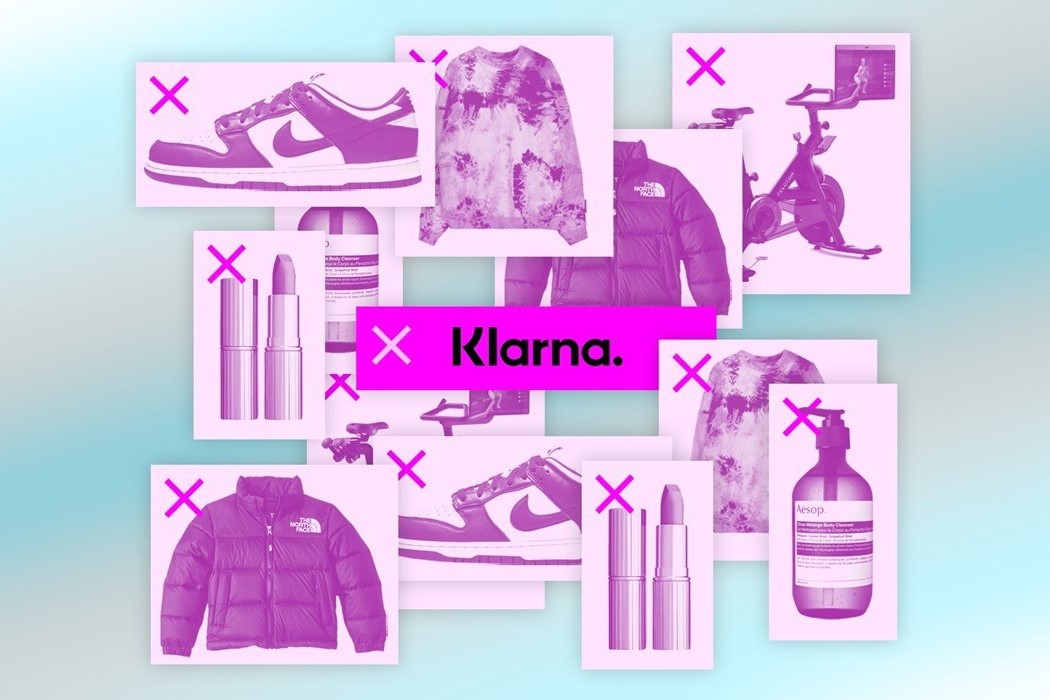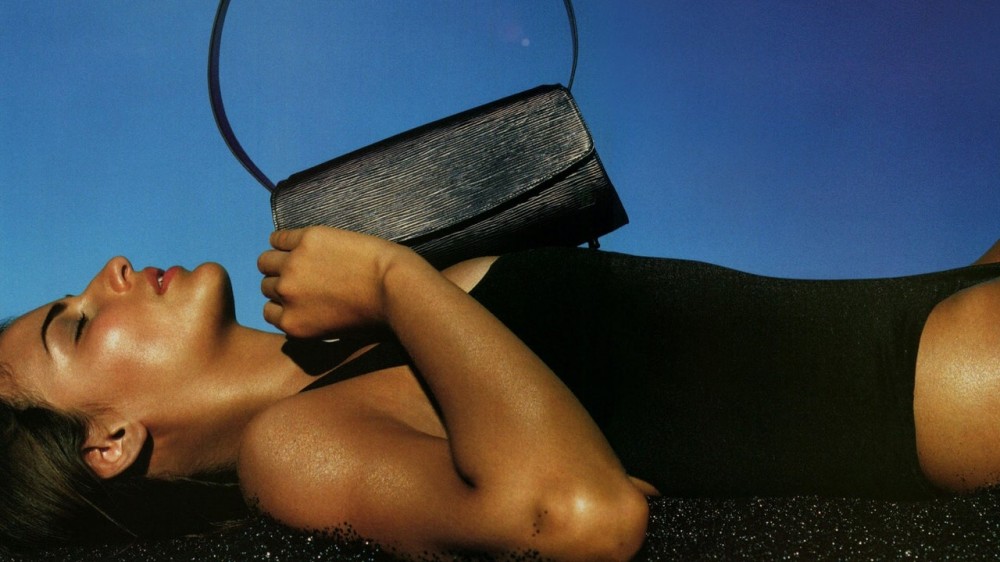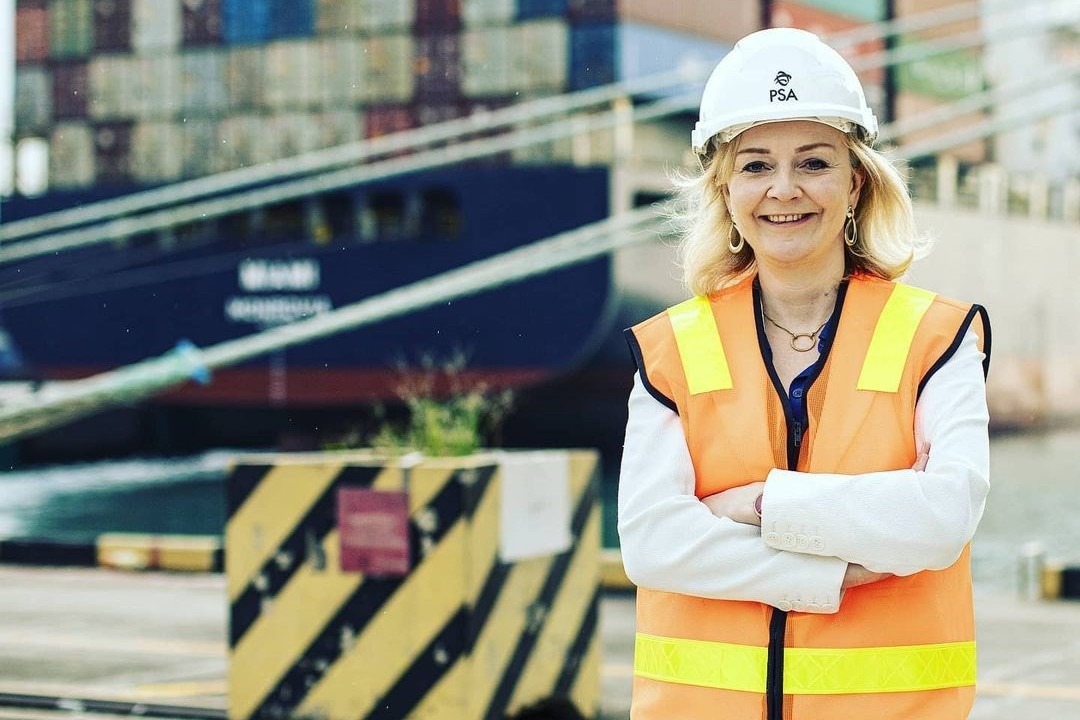
How Klarna is fanning the flames of fast fashion
Buy now, pay later services like Klarna have made shopping easier than ever – but is that a good thing?
Debt has never looked so good. A quick scroll through the #Klarna tag on TikTok and you’ll see swathes of self-professed material girls unboxing their new, matte black credit cards and showcasing their latest Klarna-financed, Molly Mae-approved PLT purchases. Somehow, with its millennial pink graphics and curly fonts, Klarna has managed to rebrand credit (and, as a result, debt) as an aspirational, girlboss-adjacent lifestyle choice.
The “buy now, pay later” (BNPL) service launched in Sweden back in 2005, arriving in the UK in 2014. Its premise is simple: Klarna enables consumers to buy items and pay in full up to 30 days later, or split the cost into monthly instalments. When the pandemic took hold, demand for the service surged and by September 2020 it became the fourth largest private fintech company in the world. According to the company’s website, at present, two million transactions are made using the service every day.
Young people in particular have found themselves drawn in by BNPL services, and most of them are using the service to buy clothes. According to recent research, in the US, Gen Z use of point-of-sale loans are up 925 per cent from January 2020 with 73 per cent of their spending on fashion-related purchases. It’s a similar story in the UK: last year, 42 per cent of people aged 16-24 used BNPL services with 57 per cent using it to buy clothes and accessories.




Elicka, 24, says that she uses Klarna “almost exclusively” for fashion purchases, mainly from ASOS, and explains that she started using the BNPL service because she was frustrated at how long certain brands took to process her refunds. “Most of the time when I order clothes online, I end up returning the whole order,” she explains. “I didn’t always want money to go out of my account and have to wait weeks for the refund to come in.”
24-year-old Megan also uses Klarna for fashion buys. “I started using it at uni when I was 18 and it was first on the rise,” she says. “To be honest, I’m still doing it every now and then, like if it’s before payday and I need to do a big order before an event. If it’s above 50 quid, I’ll always Klarna it.”
By now, it’s well established that Klarna is problematic. No matter the company’s intentions, it’s evidently getting people into financial difficulties: debt charity StepChange have repeatedly sounded the alarm over BNPL services and a recent study conducted by Citizens Advice found that one in ten BNPL shoppers have been chased by debt collectors, rising to one in eight young people. (Klarna is by far the biggest provider in the UK and more than 13 million Britons have used its service at least once.)
But we rarely consider Klarna’s impact on the planet. The company boasts that retailers who use the service at checkout see an average 55 per cent increase in average order value from shoppers, and also reports that 44 per cent of users would have abandoned their purchase if instalments weren’t available.
BNPL services have been praised by some for making fashion more “accessible”, but this increase in demand has resulted in fast fashion brands churning out more and more cheap clothes – most of which get returned anyway. Plus, while being able to ‘try before you buy’ with online shopping sounds like a good idea in principle, shipping and returning items comes with a carbon cost and recent reporting has highlighted how most returns end up in landfill. Essentially, BNPL schemes like Klarna are making it even easier for consumers to purchase clothes without much consideration – which is precisely the opposite of what we should be doing.
@may_goodman ig: may_goodman #klarna#klarnaaddiction#klarna2021#2021#spending#2021spending#whatispentin2021#money#shoppingaddiction ♬ months of the year – jess
So why can’t we just say no, and how does this tally with the fact that Gen Z are usually credited with “killing” fast fashion? For starters, it’s never been easier to buy into fast fashion. At the click of a button, you can get a plastic parcel packed with new purchases shipped directly to your front door, and with Klarna you don’t even need to fork over any money beforehand. Megan also points to the way social media compels us to keep consuming: “We all feel the need to buy things we don’t need with money we don’t have,” she says.
Living costs are soaring too, making Klarna an appealing option for young consumers in low-paid work and with dwindling disposable income. This is largely why Elicka uses Klarna: “If you’re living in London and things are expensive and you’re kind of living paycheck to paycheck, you don’t want money to be out of your account unnecessarily,” she says. Megan feels similarly. “I don’t really like using it at all. It promotes such a capitalistic way of life and is causing issues for the environment,” she admits. “I think we all shouldn’t use it, but we all need it now and again – especially in this economy.”
Aja Barber is a fashion writer and consultant with a focus on sustainability. “We live in a world where we buy five times more clothing than we did in 1980 and Keeping Up With The Jones’ is a way of life,” she explains. “There’s also little financial literacy available for younger generations. With all the pressure to ‘keep up’ on social media, access to BNPL to purchase non-essential items will only exacerbate the problems that already exist with over consumption.” Essentially, it’s a perfect storm. With young people simultaneously exposed to attention-grabbing marketing ploys and struggling financially, it’s easy to see why many use Klarna to buy fast fashion even while agreeing that fast fashion is unsustainable and unethical.
“Access to Buy Now, Pay Later to purchase non-essential items will only exacerbate the problems that already exist with over consumption” – Aja Barber
This doesn’t mean we shouldn’t try to be better – for the sake of the planet, but also for the sake of the predominantly Black and brown women in the Global South who are exploited in the process of making these clothes. “I think people truly aren’t quantifying the damage from these systems or understanding how it impacts others much less themselves,” Barber adds.
Speaking to Dazed, Klarna said: “We don’t think it’s our place to tell people what to buy or where from, but we do think it’s our place to provide information so people are empowered to make informed decisions. Our platform has a unique potential to educate and build awareness among our 147 million consumers on the link between shopping and the planet. That’s why in the Klarna app, shoppers can find insights into the environmental impact of their shopping with our CO2 Emissions Tracker, and shop from our ‘Conscious Brands’ collection with ratings from Good On You.”
They continued: “As a company, last year we launched Give One and pledged an initial 10M USD and one per cent of all future funding rounds towards helping combat climate change and the loss of biodiversity. Today we have raised 16.5M USD and counting.”
Although we would all do well to be more mindful about our purchases, ultimately, the real onus is on the government to regulate the industry and also on the corporations who are actively encouraging us to impulsively buy their clothes. “I think mostly BNPL programs are predatory, especially given the way they’re marketed to young, impressionable people. I hope these systems will be better regulated in the near future,” Barber says. Ninety per cent of Gen Z consumers believe companies have a responsibility to address environmental and social issues. Perhaps it’s time they took that responsibility – and cutting ties with BNPL services would be a good place to start.



